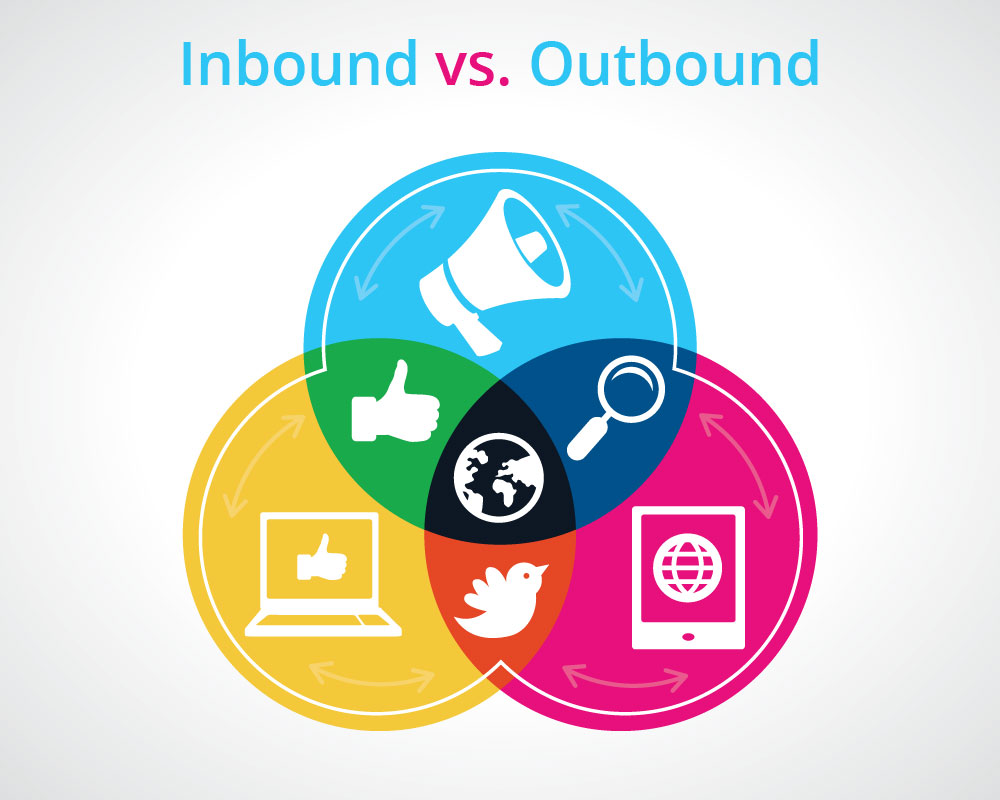Outbound and Inbound Marketing – Know The Difference!

Knowing the difference between outbound and inbound marketing can mean a lot in terms of making it or failing in the marketing world. So, what do these terms mean exactly? Time to set the record straight.
Outbound Marketing
Perfect Example of Outbound Marketing. Photo Credit: Bestadvice
Otherwise known as the necessary evil of marketing, this is the type of advertisement that people tend not to enjoy. Marketers try to convey their message by pushing it actively through different channels. Under this category, we can list TV, magazine and radio ads – we can also say telephone advertisement (like cold calls) is outbound marketing, too. According to John Jantsch, the creator of Duct Tape Marketing, more than half of marketers claim that outbound marketing serves as their source for primary leads. On the other side, Hubspot found that inbound marketing means 54% more leads to many companies. So, using inbound marketing methods, such as social media and blog posts will convert to much better statistics in the number of leads. Furthermore, outbound marketing tends to be pretty costly (to say the least) and nowadays, people find clever ways to avoid it (not taking calls that might potentially be of a marketing purpose.)
Inbound Marketing
Keep ‘Em Informed & Happy! Photo Credit: Samithpich
This type of marketing focuses on keeping the existing and potential customers informed and happy. Content marketing is a great example of inbound marketing; by giving crucial and interesting information about your product and things revolving around it, you’ll attract more customers. What’s more, these customers won’t find your way of marketing your brand distracting or disruptive at all – they’ll yearn for information and be content with what they get. By personalizing the content to cater to their needs and spreading the word through the proper channels (like social media or blog posts,) you’ll easily win them over. An important part of inbound marketing are Calls-To-Action. You can see these everywhere on social media, be it Facebook, Twitter, Instagram etc. These are the buttons that actively call on you to take action, like downloading something (a coupon,) or signing up for interesting news feeds. Very important: the Call-To-Action button has to be linked to a landing page that’ll give the potential customer worthwhile information (the info they were looking to gain!) otherwise you’ll seem spammy.
Battle of the Ages. Photo Credit: Marketingincolor
All in all, the inbound marketing method offers companies a way to stay in a kind of personal relationship with their customers, making the brand much more relatable. And, the more relatable the brand is, the more loyal customers will emerge. No need to push disruptive advertisement down people’s throats – it may just lead to spite. Let’s just remember that wise saying about achieving better results with honey than with vinegar…
 Wired Mango
Wired Mango

